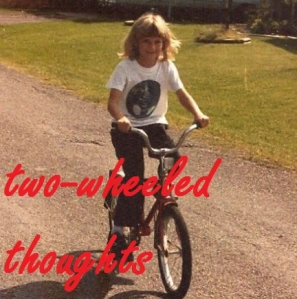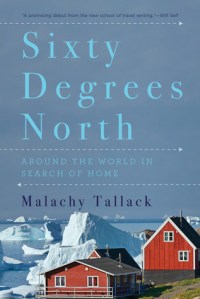Alpine climber Graham Zimmerman’s memoir, dense with lessons learned and offered, recounts how he sought balance between his sport and the other elements of life.
Graham Zimmerman felt strongly about climbing from his earliest experiences growing up in the Pacific Northwest, and by age 25 was an avid and accomplished international alpinist with his dreams focused on nothing else. But injury, loss, climate change, and a yearning for connection have forced him to consider how to combine his love for alpine ascents with social and environmental pursuits. A Fine Line: Searching for Balance Among Mountains is his thoughtful story of climbing communities in broader context, and his philosophies for a life well lived.
Not yet 40 at its writing, Zimmerman acknowledges “this is not a complete work,” calling his book “a signpost along the way.” It is still dense with lessons learned and offered, however. At just over 200 pages, A Fine Line reads quickly, many of its action sequences adrenaline-filled as Zimmerman recounts climbs with varying levels of success. It is also a neatly organized memoir, with the tensions between climbing and everything else appearing early. Following a major award, he experiences a significant fall, injury, and lengthy recovery, emphasizing the dangerous nature of his passion and his financial insecurity. The women he attempts to date react poorly to months-long absences on risky expeditions. Frequently climbing at high altitudes amid shrinking glaciers also alerts Zimmerman (trained in geology and glaciology) to the impacts of human-caused climate change. And the young alpinist wrestles with loss, as numerous fellow climbers–his friends–die in the mountains. A mentor cites what he calls the “100-year plan”: to make decisions that will set one up to live to be 100. “I was 26 and only occasionally thought about turning 30, let alone ticking over into triple digits,” Zimmerman reflects. “Do I have a death wish…? No, just a case of severe myopia.” This plan, and meeting the fellow athlete whom he would marry, reset the narrator’s views on risk. Over time he comes to focus on being not just a better climber, but a smarter, safer one: “It hadn’t been more time in the mountains that had set me up for success; rather, it was a stable relationship and being surrounded by positive influences.”
As its subtitle forecasts, A Fine Line is about finding balance between an extreme sport in remote natural settings and “actual life in the lower regions.” As a crafted work of memoir, the book mirrors that achievement with its own balance between gorgeously written adrenaline rushes and philosophic reflections about intentional living, healthy relationships, athletic ambition, and service to human communities and the natural world. Obviously for fans of extreme outdoor sports, Zimmerman’s debut is also recommended for readers seeking wisdom and balance in any pursuit.
This review originally ran in the August 4, 2023 issue of Shelf Awareness for the Book Trade. To subscribe, click here.
Filed under: book reviews | Tagged: climate change, grief, nature, nonfiction, Shelf Awareness, sports | Leave a comment »















